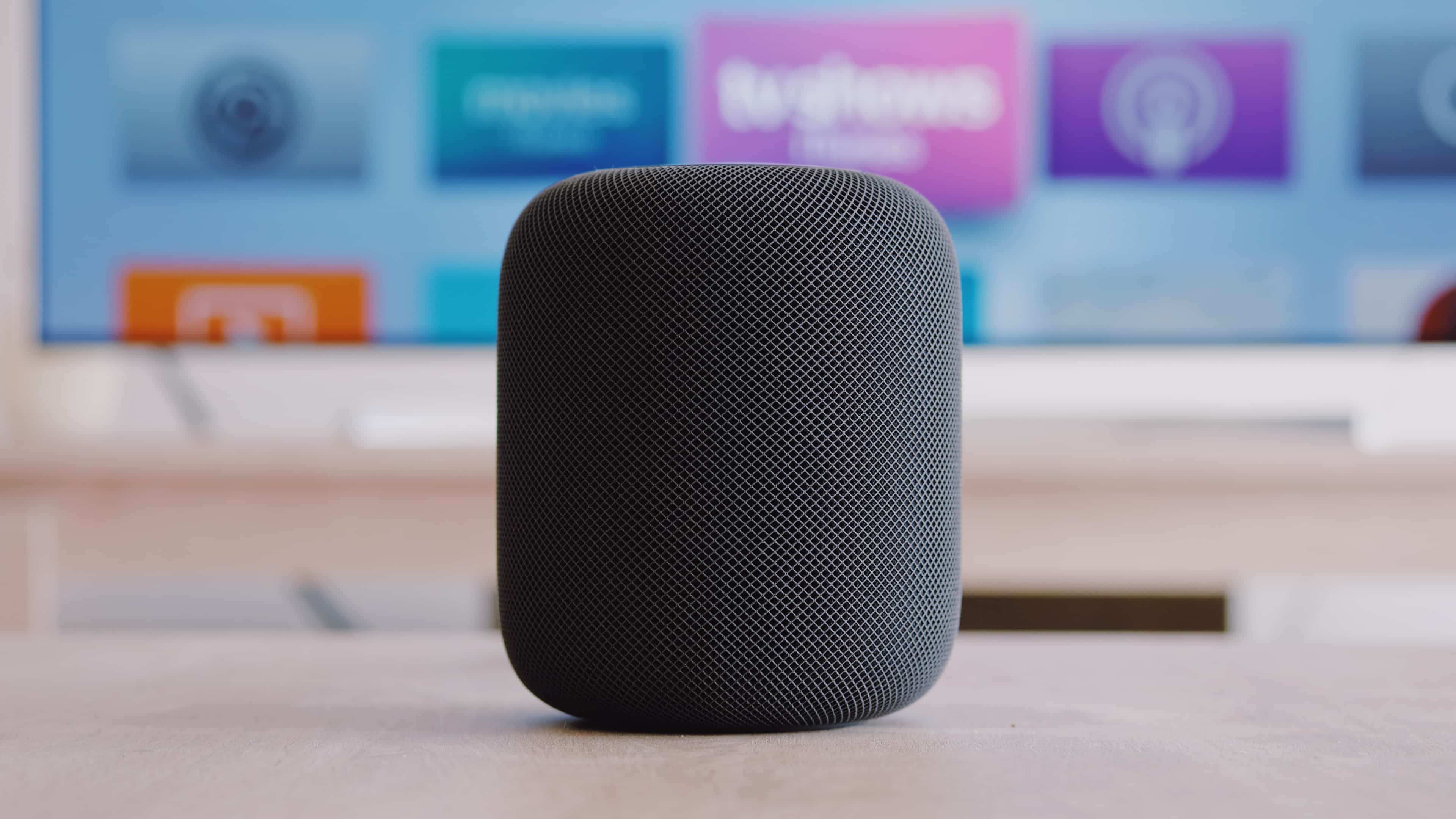With HomePod sound recognition, your Siri speaker will push a notification to your iPhone (with live video, when available) if it detects the beeping of a smoke alarm.

- If your smart uses smoke and carbon monoxide sensors, your HomePod will send a notification to your iPhone if smoke has been detected.
- This uses sound recognition to detect alarm sounds produced by smoke and carbon monoxide detectors, even if they’re dumb as rock.
- If your smart home has HomeKit cameras, the notification will include video to give you a better sense of what’s happening when away from home.
Your HomePod can now detect smoke alarms
Apple’s Sound Recognition feature has been available on the iPhone since iOS 14. With it, the phone can notify you when it recognizes specific sounds in your environment, like a crying baby or a doorbell. And now, Sound Recognition is available on the first and second-generation HomePod and HomePod mini.
Sound recognition on your Siri speaker can listen for alarm sounds produced by smoke and carbon monoxide detectors—even if yours is a legacy, “dumb” model.
The feature will notify you about an emergency situation any time your HomePod picks up the beeping of a smoke alarm or your carbon monoxide detector. And if you have HomeKit-compatible security cameras in your house, the notification will include a live video feed so you can remotely assess what’s happening.
Naturally, this feature will be the most useful when you’re away from home. However, people with hearing issues will find it especially indispensable at home as they might not hear their smoke or monoxide alarm going off.
How sound recognition works on the HomePod
The company says you shouldn’t rely on this feature if you “may be harmed or injured” or in “high-risk or emergency situations.”
You must update the Home app to Apple’s new architecture to use this feature. The listening and sound processing is performed on each HomePod in your smart home. Privacy is guaranteed as no data is uploaded to Apple’s servers or shared.
How sound recognition works on the HomePod
According to TechCrunch, the feature is available to use starting today. No software update is required to enable this functionality other than iOS 16.4.
Sound recognition has been available on the iPhone and iPad since iOS 14.0.
You can manage it by toggling the Sound Recognition switch in Settings > Accessibility > Sound Recognition. Optionally, choose Sounds to select the types of sounds that you’d like to recognize, such as a crying baby, a cat meowing, a dog barking, glass breaking, knocking on the door, a car horn, etc.
To detect appliance alarms, doorbells, sirens and other electronic sounds, touch Sounds and then select Custom Alarm or Custom Appliance or Doorbell.
Useful HomePod tutorials
- How to fix the Home app failing to authenticate your Apple ID password
- How to fix HomePod not playing music from your iPhone, iPad or Mac
- How to use HomePod to get a room’s temperature and humidity
- How to automatically play songs on a HomePod at a set time
- How to identify music currently playing on your HomePod